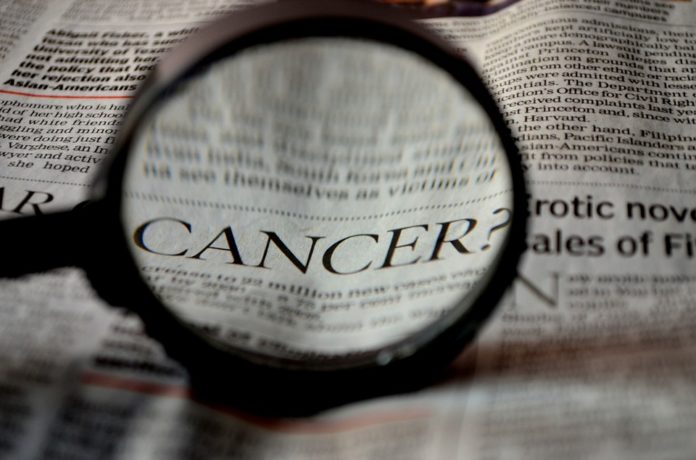Cancer cells frequently have transformations in their DNA that can give researchers hints about how the tumor began or which treatment might be best. Finding these changes can be troublesome, yet another strategy may offer more entire, extensive outcomes.
Scientists at the Penn State University have built up another system that can join three existing strategies for finding these huge changes — or basic variations — into a single, more complete picture.
This new method is expected to help researchers find new structural variations within cancer cell DNA and learn more about how those cancers begin.
Feng Yue, assistant professor of biochemistry and molecular biology at Penn State College of Medicine said, “We were able to design and use this computational framework to connect the three methods together, to get the most comprehensive view of the genome. Each method by itself can only review a portion of the structural variations, but when you integrate the results of the three different methods, you can get the most comprehensive view of the cancer genome.”
Scientists used three existing methods for finding structural variants: optical mapping, high-throughput chromosome conformation capture (known as Hi-C), and whole genome sequencing, which has been used to discover the majority of structural variants that are already known.
Utilizing their new strategy, the scientists could discover structural varieties for more than 30 kinds of cancer cells. The group of researchers was additionally ready to utilize similar strategies to start to realize why certain classes of basic variations might contribute cancers.
Jesse Dixon, a fellow at the Salk Institute in San Diego said, “Many of the structural variants that are found in human cancers do not appear to directly impact a gene. Instead, many structural variants appear in non-coding portions of the genome, what people have historically referred to as junk DNA, and it can be a bit of a mystery as to why these may be contributing to cancer.”
“We observed that some structural variants appear to affect regulatory gene “switches” in noncoding sequences of DNA. Defective switches prevent appropriate turning on or off of specific genes and this can contribute to cancer.”
Feng Yue said, “With many cancers, the gene itself is OK but the ‘switch’ that controls it is what’s causing problems. Using our approach, it’s possible that we could find out that the switch was broken and find a cure based on the specific target for that switch. If it’s switched off, for example, maybe we could use gene editing technology to turn it back on.”
“We used Hi-C method to explore how structural variations can affect 3D genome structure — how DNA folds itself within the cell.”
Dr. Job Dekker, professor, and co-director of the program in Systems Biology at the University of Massachusetts said, “Cells are small, but their DNA is very long. Laid out in a line, all the DNA from one cell would be more than two meters long. That’s why DNA needs to fold in intricate ways. We have found that genomic alterations in cancer cells can lead to differences in how the genome folds and this can lead to cases where genes become turned on or off by the wrong regulatory switches.”
“We found that structural variants impact genome folding in cancer cells and that these changes may be contributing to cancer.”
Dixon said, “One of the discoveries we had made in the past is that our genome is folded up into distinct structures, almost like little neighborhoods. It appears as though some structural variants cause changes to these neighborhoods, such that a cancer-causing gene is moved from a neighborhood where the gene is kept quiet into one where the gene becomes activated.”
Scientists ar further planning to apply the new method in more cancer patients and they are working closely with the Penn State Institute for Personalized Medicine. Scientists suggest that this work could lead to a better ability to predict which structural variants may contribute to cancer, and which genes they may be targeting.
The study is published in the journal Nature Genetics.
